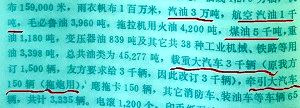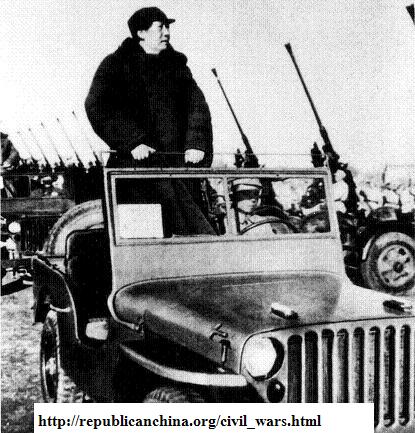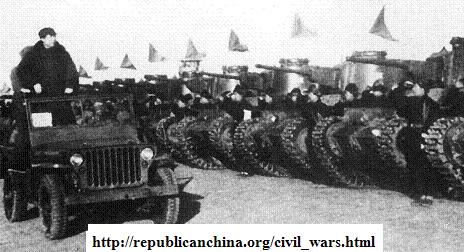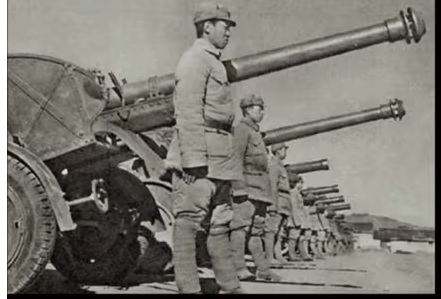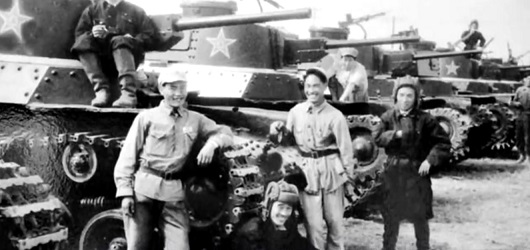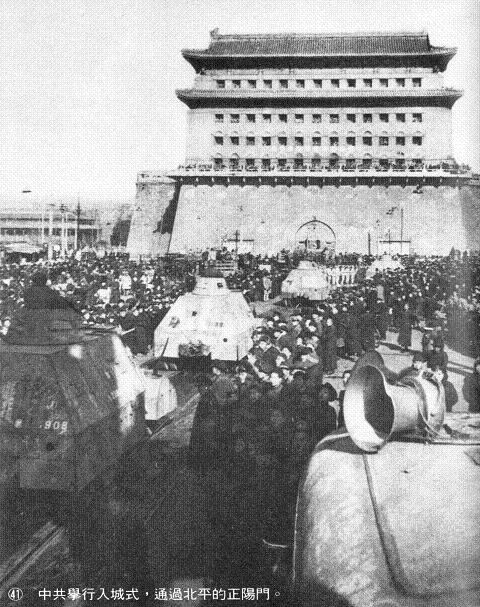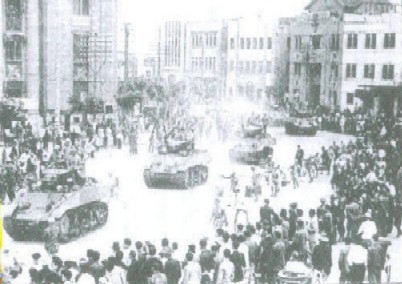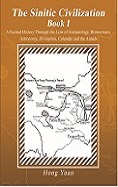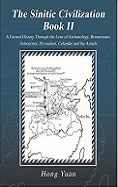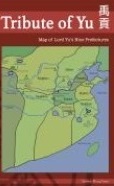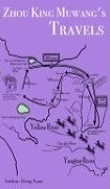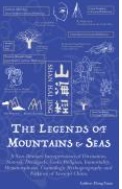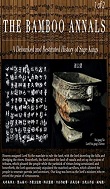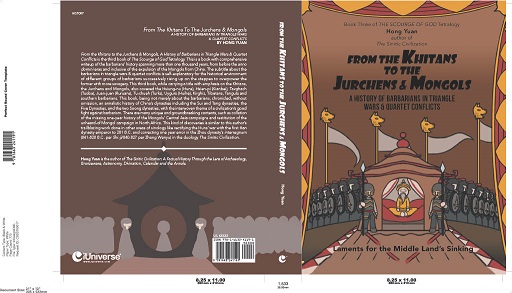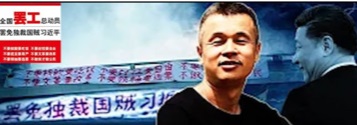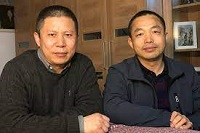During KMT's First Congress in Jan 1924, Mao was elected as 'reserved (i.e., backup) commissioner' of the central executive committee. In May, the Whampoa Military Academy started its first session, with Chiang Kai-shek acting as commandant and Liao Zhongkai as the KMT Commissar. In Nov, Zhou Enlai returned to China for serving as director of the politics department at the academy. Meanwhile, Peng Pai launched the peasant movement lecture school.
Beginning from late 1924, Mao Zedong delved himself into the peasants' movement, but not in the sense of "peasant associations" of 1926-1927. Mao returned to his hometown after losing out to political enemies within the CCP Shanghai Office after a change of strategy by the Russians.
In Peking, students at the Peking Normal College started a movement to expel their principal.
Mao returned to his home-village, Shaoshan in Feb 1925.
Mao, who hated his father for the possibility that his father might have raped his first wife and caused his wife to commit suicide in the second day of a lunar new year, never returned to hometown till after his father's death.
On May 30th, the Shanghai workers incurred a bloody crackdown by the imperialists during strikes, i.e., the "May 30th Bloody Incident".
Communist records claimed that Mao established a night school for the peasants, organized the peasant association, and set up the CCP Shaoshan Branch.
Chen Yuansen stated that Mao Zedong, often depicted with a traditional Chinese oil-paper umbrella in early portraits, might have used the umbrella as a secret society signal in his tour of the countryside where he organized peasants into over twenty so-called 'peasant associations', a form of organization that was built upon the experiences of secret societies.
Alternative history showed that what Mao had set up was branches of "May 30th anti-imperialism societies", not peasant societies.
Thereafter, Mao Zedong launched the movement of stopping landlords from exports of grains and forcing the landlords into disposal of grains to local peasants at discounted price.
When Hunan Governor-general Zhao Hengti cracked down on Mao's activities, Mao Zedong, in Oct of 1925, fled to Canton where he worked under Wang Jingwei's KMT Propaganda Ministry. In Dec, Mao Zedong wrote for semi-monthly magazine "Revolution" an article entitled "An Analysis Of Various Classes In The Chinese Society" in which he first raised the question as to friend versus foe during the class struggle.
On Dec 16th, Liu Shaoqi, the communist leader in charge of nationwide strikes, was arrested by Changsha police after fleeing Shanghai, and would be expelled one month later by Governor Zhao Hengti who bestowed a book as a 'gift' for expulsion from Hunan Prov.
After March 20th 1926 Zhongshan Warship Incident, Chiang Kai-shek forced KMT leftist leader Wang Jingwei into an exile and re-organized the KMT executive committee after a compromise of CCP, KMT leftists and rightists.
Days ago, in Peking, female students at Peking Women's Normal College incurred bloody crackdown during March 18th protest, and Lu Xun wrote a mourning article for Miss Liu Hezhen.
"March 18th Bloody Incident", during which Duan Qirui's bodyguards shot dead over twenty students including two females, was related to a student petition against an ultimatum from eight countries in regards to the blockade of Tagukou Port by Feng Yuxiang's National Army. (Feng Yuxiang blocked the port in the war against Zhang Zuolin's Manchurian army, which led to Japanese shelling and protests by citation of the 1901 Boxer Protocol.)
Duan Qirui, whose grandson died in communist crackdown during June 4th 1989 Massacre, was recorded to have rebuked his subordinates for the shooting.
Soon, Duan Qirui would resign in April, and Peking's interim administration government collapses.
Wu Peifu collaborated with Zhang Zuolin in defeating Feng Yuxiang's National Army.
Once Wu Peifu and Zhang Zuolin entered Peking, the warlord troops shut down newspapers and executed Shao Piaoping.
Being forced to abandon his propaganda ministry post, Mao Zedong worked as director of the "Peasant Movements Lecture and Practice School" and hosted the 6th Session for activists of peasant movements on May 3rd of 1926. (Peng Pai was responsible for organizing five sessions of activists training prior to that.) Per Chen Yuansen, peasant movements were in full motion by the time Northern Expedition armies of the KMT government passed through Xiangjiang River in June of 1926, and peasants associations grew by 7-8 folds when Tang Shengzhi supported the peasant movement as a result of peasants' active role in helping the Northern Expedition armies. Chen Yuansen further stated that by Sept of 1926, Mao Zedong's graduates were dispatched to Hunan Prov where they demanded that landlords reduce land rents etc., and that as a result of landlords' resistance, peasants began to organize their 'self-defence military forces'.
In Nov 1926, Mao Zedong was dispatched to Shanghai as director for CCP's peasant movement committee.
Mao Zedong, by early 1927, toured Hunan Province for 32 days as the secretary for CCP's peasant movement committee and encouraged violent acts against landlords, including "parading the landlords for mass persecution, penalizing landlords by slaughtering their poultry and confiscating grains, beating landlords, ransacking landlords' residencies, digging up landlords' ancestral tombs, and expelling landlords". Peasants' Associations upheld a slogan stating that 'Whoever possessed land must be a landlord, and whoever behaved gentry-like must be a bad-behavior oppressor". The owners with 50 Chinese acres were automatically classified as "hegemony landlords". After Wang Jingwei and Borodin-controlled CCP rebuked the Hunan peasants' movements as 'out of control', Mao Zedong toured Hunan countryside for 32 days from Jan 4th to Feb 5th.
In March of 1927, Mao authored for "Soldier Magazine" an article entitled "An Inspection Report On The Peasants' Movement In Hunan Province" in eulogy of rascal-turned peasant movements.
Mao, in his counter-attack article, per Chen Yuansen, had even instructed the rascal-turned peasant activists in "daring to stamp your feet and rolling your bodies on the ivory-decorated beds of the daughters and concubines of the landlords". (What a mean approach that had inevitably turned on the rascal-proletariat in the countryside !)
With the backing of Mao Zedong, KMT's Hunan provincial party secretariat enacted the "Act of Punishing Land-Concentrating Owners & Bad-Behavior Gentry". On April 13th, Mao's crony, 19-year-old Liu Zhixun, hosted a public sentencing session in the name of peasant associations in Changsha city and executed a famous scholar-landowner called Ye Dehui on the spot.
Comintern representative Roy and KMT agriculture minister Tan Pingshan (CCP member) passed through Changsha en route to Wuhan from Canton and eulogized Hunan's peasant movement, and various county-level special courts were set up to try "tu hao li shen'" (i.e., Land-Concentrating Owners & Bad-Behavior Gentry), leading to peasants-organized lynching events with massive scale torturing and executions of landlords by the peasants.
About 1000 peasant activists under Liu Zhixun would mobilize 2 million Hunan peasants for this land revolution.
By late April, Borodin and CCP, in order to deflate the antagonism from Chiang Kai-shek's Nanking government, would concur with Wang Jingwei's Wuhan government in prohibiting the 'out of control' peasant movement which had economically crippled the grain supply to Wuhan government in Hubei Prov as a result of the embargo of Hunan grains. This revision of policies would decree: i) that grass-roots peasant associations should not execute land-concentrating owners & bad-behavior gentry privately; ii) that the family members of those land-owners and gentry should not be implicated; and iii) that fines against the land-owners and gentry must be approved by the upper-level peasant associations.
By May 21st of 1927, Xu Kexiang, a regiment chief under Wang Jingwei's Wuhan KMT government, rebelled by leading his soldiers for an attack of KMT [CCP-controlled] provincial party headquarter and the headquarters of CCP provincial workers' trade union and peasants' association. Xu Kexiang disarmed the peasants' self-defence army and the workers' patrolling force, killed over 30 CCP members and arrested numerous others.
Chinese communists, in late May 1927, organized a campaign to "pour down on the city" of Changsha with hundreds of thousands of peasants. To maintain collaboration with KMT Left-wing, the attack on Changsha was called off. Only Liuyang County communist commissariat attacked Changsha as a result of lack of advance notice, with the remnant peasant force rerouted to Hunan-Jiangxi mountain area where they eventually combined forces with Wuhan Garrison Regiment for the September 1927 Autumn Harvest military action.
The ranks of Land-Concentrating Owners & Bad-Behavior Gentry, once released by Xu Kexiang, organized a bloody revenge and killed whoever had implications to peasant associations. Per Chen Yuansen, over 10,000 peasants and peasant activists were killed in Changsha area.
Hence, China entered the stage of mutual killings between sworn enemies.
Yang Kaihui, together with his sons, went into hiding when Wuhan's Nationalist Government, under Wang Jingwei, officially launched the 'purge' campaign in the aftermath of August 1st 1927 CCP Nanchang Uprising. The two met for a last time when Mao Zedong returned from Hubei after attending the CCP August 7th Meeting. Yang Kaihui accompanied Mao Zedong into Changsha on August 16th, and by the end of August 1927, Mao Zedong went to the Jiangxi-Hunan border and led the 'Autumn Harvest Uprising'.
Note Mao's autumn harvest uprising was not a pure peasants' rebellion, but a military action orchestrated under the leadership of Lu Deming, i.e., regiment chief for the Garrison Regiment of Wuhan National Government. Lu Deming died in action shortly thereafter. Mao, by late Oct 1927, led remnants, i.e., Whampoa cadets, towards Jinggangshan Mountain where he converged with the banditry of Yuan Wencai and Wang Zuo.
Yang Kaihui was caught by Heh Jian (Nationalist chief of Hunan Prov) in her hometown Bancang of Changsha County in Oct 1930. Yang Kaihui's mother had asked Scholar Cai Yuanpei petition with Heh Jian for mercy. Against the appeals for mercy by many renowned figures, Heh2 Jian, later on Nov 14th of 1930, ordered the execution of Yang Kaihui for her refusal to denounce her husband. A CCP traitor, Ren Zhuoxuan, had earlier proposed to Heh2 Jian that should Yang Kaihui surrender, it would be more significant than surrender by 10000 CCP members. Heh2 Jian then tricked Cai Yuanpei, saying that the execution was ordered before receiving the petition. Li Ao, a critic of Taiwan Nationalists, had blasted repeatedly Nationalists' narrow-mindedness and intolerance by citation of this event.
Mao Zedong's land revolution contained undoubtedly a personal love-hatred flavor.
Alternatively, we could not discount Mao Zedong's unusual sexuality which was exhibited by later impregnating Heh4 Zizhen 10 times within ten years, including multiple abortions during the Long March of 1934-5. Also note that Mao took in Heh Zizhen in 1927, much earlier than Yang Kaihui was arrested and executed.
Mao Zedong encountered Heh4 Zizhen when he retreated to Jiangxi Prov after incurring nationalists' crackdown on his 'Autumn Harvest Uprising'.
Mao Zedong, a personality intertwined with various impetus, desires and personal tragedies, would become a political figure who had dominated and shaped China into an unpredictable and disastrous future.
|
|

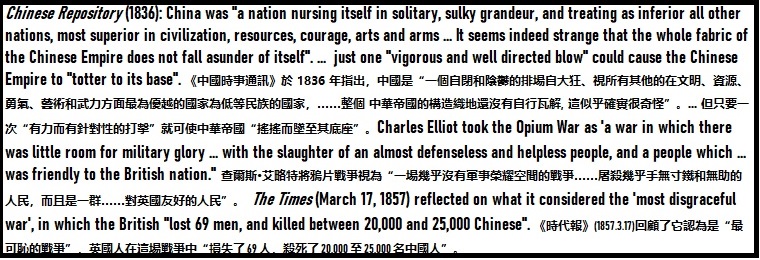
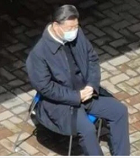






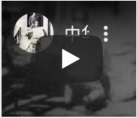
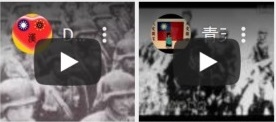
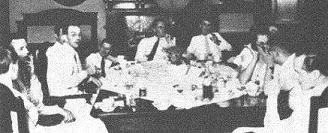
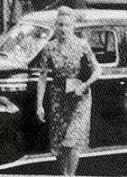
![Though, Anna Wang [Anneliese Martens], in her memoirs, expressed jealousy over Gong Peng by stating that the Anglo-American reporters had flattered the Chinese communists and the communist movement as a result of being entranced with the goldfish-eye'ed personal assistant of Zhou Enlai](GongPeng.jpg)








